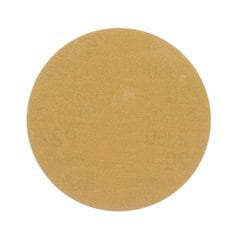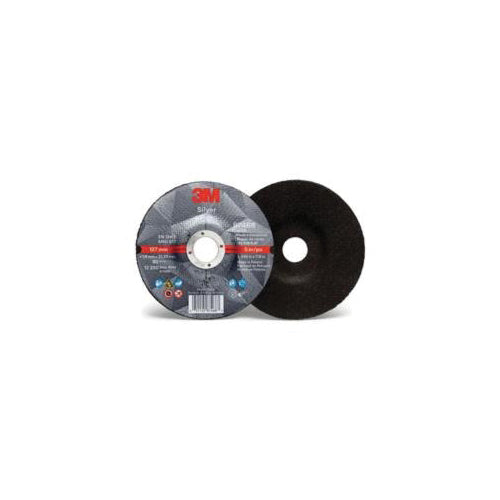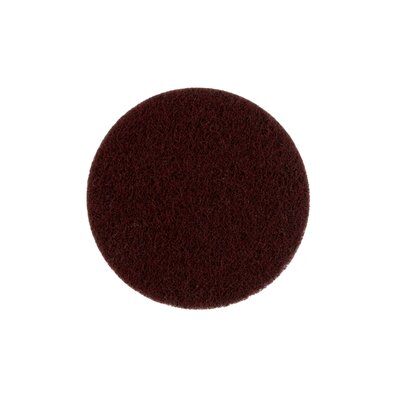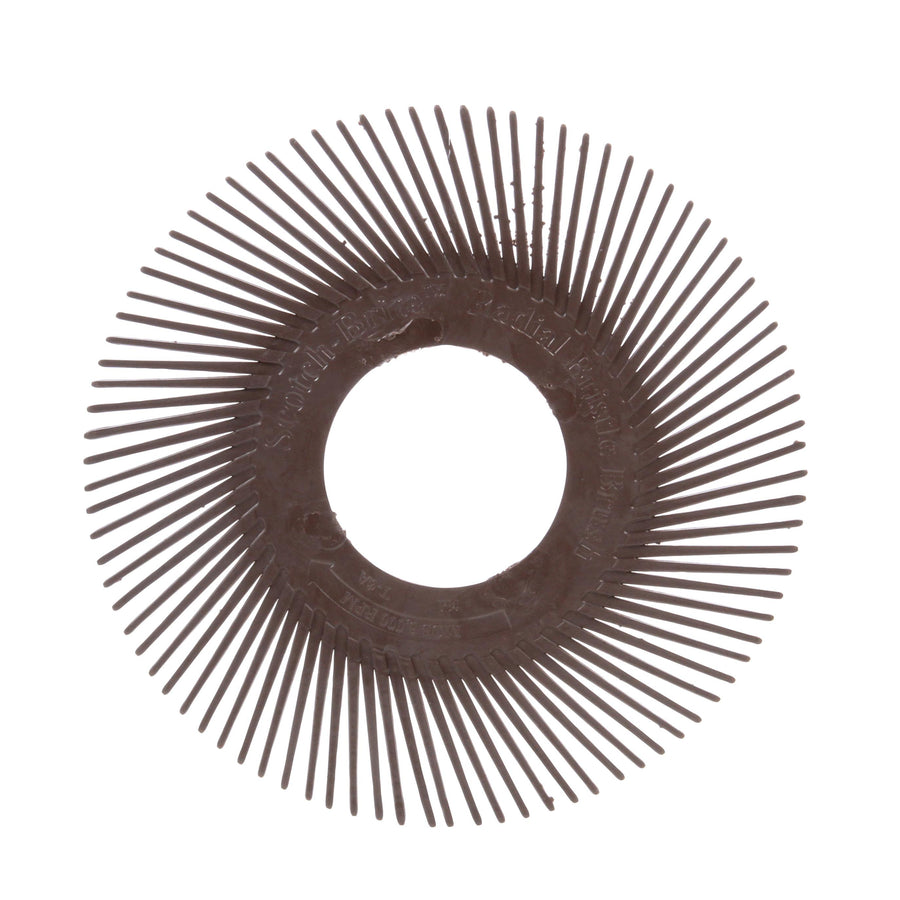What are the Different Types of Sandpaper and Their Uses?

When it comes to finishing surfaces, the right type of sandpaper can make all the difference. Whether you're a hobbyist woodworker, a professional carpenter, or simply tackling a DIY project, understanding the various types of sandpaper and their specific uses is crucial for achieving the best results. In this comprehensive guide, we'll explore the different types of sandpaper, their applications, and tips for maintaining and storing them to ensure longevity.
Understanding Sandpaper
Sandpaper is an abrasive material used for smoothing, polishing, or cleaning surfaces. It consists of abrasive grains attached to a backing material such as paper, cloth, or sponge. The abrasive grains are what do the actual work of sanding, and different types of grains are better suited for different tasks.
The Anatomy of Sandpaper
- Abrasive Grains: The particles that do the cutting or smoothing work. Common materials include aluminum oxide, silicon carbide, garnet, and ceramic.
- Backing Material: The substrate to which the abrasive grains are attached. This can be paper, cloth, or sponge.
- Bonding Agent: The glue that holds the abrasive grains to the backing material. This can affect the flexibility and durability of the sandpaper.
- Coating: The pattern and density of the abrasive grains on the backing material. Open-coat sandpaper has spaced-out grains, which helps prevent clogging, while closed-coat sandpaper has more densely packed grains for faster material removal.
Types of Sandpaper

Overview: Aluminum oxide is one of the most common and versatile abrasives used in sandpaper. It is known for its durability and long-lasting performance. This type of sandpaper is self-sharpening due to its friable nature, meaning it fragments under pressure to reveal new, sharp edges.
Best Uses:
- Woodworking: Ideal for sanding hardwoods and softwoods, aluminum oxide sandpaper is perfect for both rough and fine sanding. It can handle tough surfaces without wearing out quickly. It's particularly useful for smoothing wood before applying a finish.
- Metal Polishing: This type of sandpaper can also be used on metals, making it a versatile option for polishing and removing rust. Its hardness allows it to sand metal without wearing down quickly.
- General Purpose: Its durability makes it suitable for a variety of materials and projects, including drywall and plastic. It's an all-around workhorse for both DIY enthusiasts and professionals.
Brands: Klingspor and 3M are notable brands offering high-quality aluminum oxide sandpaper. Their products are known for their consistency and reliability.
Overview: Silicon carbide sandpaper is known for its sharp and hard abrasive grains, making it suitable for tasks that require more aggressive sanding. It is the hardest and sharpest abrasive commonly used in sandpapers, and it maintains its sharpness longer than other abrasives.
Best Uses:
- Metal Work: Excellent for sanding metals, including non-ferrous metals like aluminum and brass. It's perfect for polishing and finishing metal surfaces, especially when a fine, smooth finish is desired.
- Wet Sanding: Silicon carbide sandpaper is often used for wet sanding applications, which helps to reduce dust and achieve a smoother finish. Wet sanding is commonly used in automotive refinishing to achieve a high-gloss finish.
- Plastic and Glass: It works well on plastics and glass, making it a versatile choice for various delicate surfaces. It's particularly effective in polishing plastics and glass to a clear finish.
Brands: SIA and Saint Gobain/Norton offer premium silicon carbide sandpapers. Their products are trusted by professionals for demanding applications.
Overview: Garnet sandpaper is a natural abrasive, known for producing a smooth finish. It tends to wear out faster than synthetic abrasives but provides a fine finish on wood. Garnet sandpaper is typically reddish-brown and is favored for its ability to produce a smooth, polished surface.
Best Uses:
- Woodworking: Ideal for fine woodworking projects, garnet sandpaper is great for smoothing and finishing wood surfaces. It is especially suitable for sanding between coats of finish, as it produces less scratching and leaves a smoother surface.
- Final Finishing: Provides a polished and professional look on wood projects. It’s less aggressive than aluminum oxide or silicon carbide, making it perfect for the final stages of sanding.
Brands: Sait and 3M are popular brands that manufacture high-quality garnet sandpapers. Their products are known for their consistency and ability to produce excellent finishes.
Overview: Ceramic sandpaper is an extremely tough and durable abrasive, often used for heavy-duty sanding applications. It is made from a synthetic material that is exceptionally hard and long-lasting.
Best Uses:
- Wood Shaping: Perfect for aggressive sanding and shaping of wood, especially hardwoods. It's ideal for removing large amounts of material quickly and efficiently.
- Metal Grinding: Its durability makes it suitable for grinding and shaping metals. It's often used in industrial applications where heavy-duty performance is required.
- High-Performance Applications: Used in industrial applications due to its longevity and ability to maintain sharpness. It can handle high pressure and high-speed sanding without losing its effectiveness.
Brands: Klingspor and 3M are well-known for their ceramic sandpaper products. These brands are preferred by professionals for their durability and high performance.
Choosing the Right Sandpaper

Selecting the right sandpaper depends on the material you're working with and the desired finish. Here’s a quick comparison to help you decide:
|
Type of Sandpaper |
Best For |
Common Uses |
Durability |
|
Wood, Metal, General Purpose |
Woodworking, Metal Polishing |
High |
|
|
Metal, Plastic, Glass, Wet Sanding |
Metal Work, Wet Sanding, Glass |
Medium |
|
|
Wood, Finishing |
Fine Woodworking, Finishing |
Low to Medium |
|
|
Ceramic |
Wood Shaping, Metal Grinding |
Heavy-Duty Sanding, Industrial |
Very High |
Grit Sizes
Sandpaper comes in various grit sizes, ranging from very coarse to ultra-fine. The grit size you choose depends on the stage of your project:
- Coarse (40-60 grit): For heavy material removal and shaping.
- Medium (80-120 grit): For smoothing rough surfaces and preparing for finishing.
- Fine (150-180 grit): For final sanding before finishing.
- Very Fine (220-240 grit): For sanding between coats of finish.
- Extra Fine (280-320 grit): For polishing and fine finishing.
- Super Fine (400 and above): For ultra-smooth finishes and polishing.
Application Tips
- Start with Coarse Grit: Begin with a coarse grit to remove large imperfections and then progressively move to finer grits for a smooth finish.
- Sand with the Grain: When sanding wood, always sand with the grain to avoid scratching the surface.
- Use a Sanding Block: To achieve even pressure and avoid uneven surfaces, use a sanding block or a sanding machine.
Sandpaper Maintenance and Storage Tips

To get the most out of your sandpaper, proper maintenance and storage are essential. Here are some tips to ensure your sandpaper lasts longer:
Maintenance Tips
- Clean Regularly: Sandpaper can clog up with dust and debris, reducing its effectiveness. Use a rubber cleaning stick or a stiff brush to clean the surface. For wet sanding, rinsing the sandpaper frequently helps maintain its abrasive quality.
- Avoid Overheating: When sanding, avoid applying excessive pressure that can cause overheating and wear out the abrasive grains quickly. Overheating can also damage the material you're working on.
- Use Appropriate Sandpaper: Always choose the right grit and type of sandpaper for your task to avoid unnecessary wear and tear. Using the wrong sandpaper can result in poor finishes and wasted material.
Storage Tips
- Dry Environment: Store sandpaper in a dry place to prevent moisture damage. Moisture can cause the backing material to weaken and the abrasive grains to fall off. Consider using a sealed container or a dry cabinet.
- Flat Storage: Keep sandpaper flat to avoid creases and bends that can make it difficult to use. Consider using a flat drawer or a sandpaper storage rack. Rolled or bent sandpaper can be difficult to work with and may result in uneven sanding.
- Organize by Grit: Arrange your sandpapers by grit size for easy access and to ensure you use the right grit for each stage of your project. Labeling your storage can help you quickly find the grit you need.
Additional Tips for Effective Sanding
Safety First
Always wear appropriate safety gear when sanding. This includes:
- Dust Mask or Respirator: To protect your lungs from fine dust particles.
- Safety Goggles: To protect your eyes from dust and debris.
- Hearing Protection: If using power sanders, to protect your hearing from loud noises.
- Gloves: To protect your hands from abrasions.
Techniques for Different Materials
- Wood: Sand with the grain, starting with a coarse grit and working your way to finer grits. For a smooth finish, use very fine sandpaper and ensure the surface is clean before applying any finish.
- Metal: Use silicon carbide sandpaper for wet sanding to avoid overheating and clogging. Start with a medium grit and move to finer grits for polishing.
- Plastic and Glass: Wet sanding with silicon carbide sandpaper can help achieve a clear, smooth finish. Be gentle to avoid scratching the surface.
- Drywall: Use a sanding block with aluminum oxide sandpaper for smooth, even surfaces. For finishing, use a fine grit to achieve a seamless look.
Conclusion
Understanding the different types of sandpaper and their uses is crucial for achieving the best results in your projects. Aluminum oxide is versatile and durable, making it a great all-purpose sandpaper. Silicon carbide is perfect for metalwork and wet sanding, while garnet is ideal for fine woodworking. Ceramic sandpaper, with its exceptional toughness, is suitable for heavy-duty and industrial applications.
By choosing the right sandpaper and maintaining it properly, you can ensure a smooth, professional finish for all your projects. Whether you’re working with wood, metal, plastic, or glass, The Sandpaper People has the high-quality sandpaper products you need, including trusted brands. Happy sanding!











Leave a comment